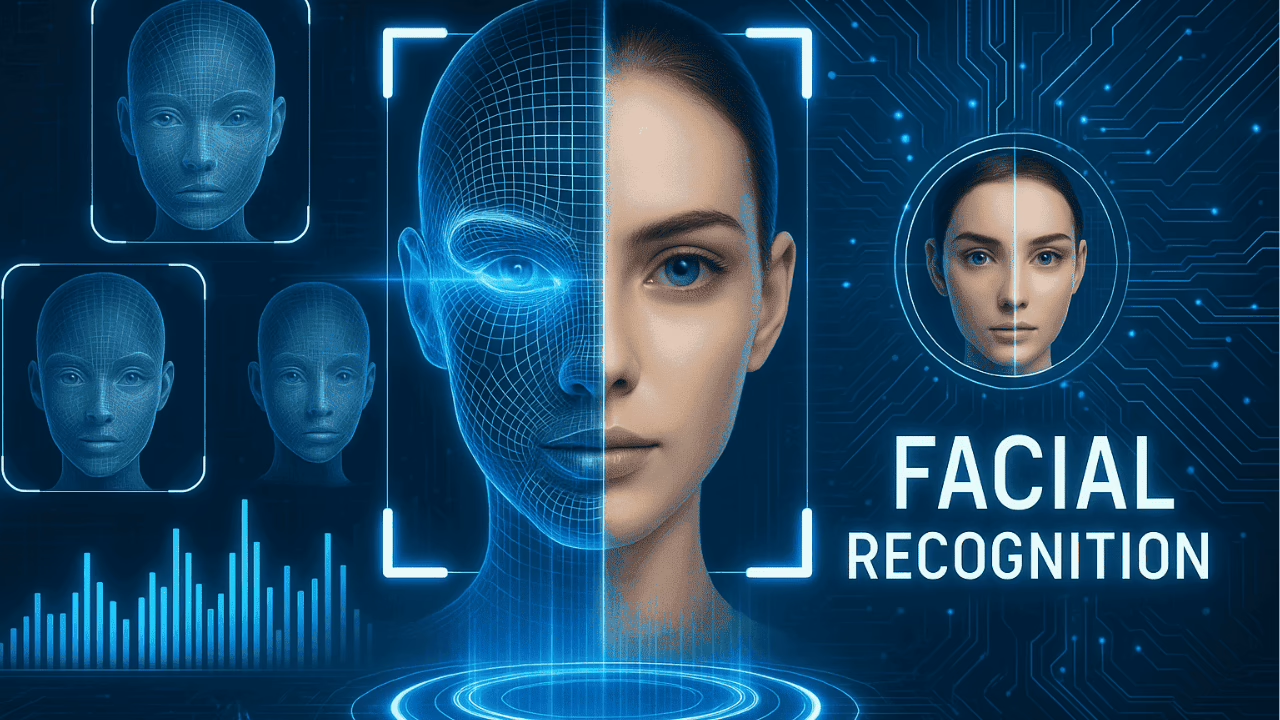In an era where artificial intelligence can generate videos so realistic they fool even trained eyes, deepfakes have become a growing concern. What started as a tech novelty has quickly escalated into a serious issue—affecting politics, business, and personal privacy alike. So, how do you tell if what you’re watching or sharing is real? In this guide, we’ll break down exactly how to spot AI deepfakes and explore the best detection tools available in 2025.
What Are Deepfakes?
Deepfakes are media—usually videos, images, or audio recordings—that have been manipulated or entirely created by AI to mimic real people or events. The term blends “deep learning” and “fake,” referring to how machine learning models are used to generate this fake content.
Modern deepfakes can clone voices, replace faces in videos, or fabricate events that never happened. Some are harmless or humorous (think fake celebrity memes), but others can be malicious, spreading misinformation, violating privacy, or defrauding individuals.
Why Are Deepfakes Dangerous?
While some deepfakes are obvious or poorly made, the most advanced ones—often created using Generative Adversarial Networks (GANs)—are virtually undetectable to the human eye. Here are some real-world concerns:
- Political Manipulation: Falsified speeches or videos of public figures can sway public opinion or fuel unrest.
- Corporate Espionage: Fake audio calls or video conferences have tricked employees into transferring large sums of money.
- Personal Harm: Individuals have been targeted by revenge porn, fake news, or identity theft using AI-manipulated media.
According to a report by Deeptrace Labs, the number of deepfake videos online doubled in less than a year as of 2020—and that trend has only accelerated.
How Can You Spot a Deepfake?
While AI-generated content is getting better, it’s not perfect. You can still look for clues that a video or image may be fake:
Visual Signs
- Unnatural Blinking: Many early deepfakes forgot to add blinking or did it unnaturally.
- Lip Sync Issues: The audio and mouth movements may not quite match up.
- Odd Lighting or Shadows: Deepfakes often struggle with consistent lighting across a subject’s face and body.
- Glitches or Artifacts: Look out for weird flickers, blurred edges, or strange transitions.
Audio Cues
- Monotone Voice: Deepfake audio often lacks emotion or fluctuating tones.
- Mismatched Background Noise: If the voice doesn’t match the environment—for example, too clean or echoey—it might be AI-generated.
Top Deepfake Detection Tools in 2025
As deepfakes evolve, so do the tools to detect them. Here are the best tools you can use in 2025 to identify AI-generated content:
1. Hive AI
Hive offers enterprise-level tools that can detect deepfake videos and manipulated images with high accuracy. Their solution uses machine learning models trained on millions of real and fake samples.
- Pros: Fast analysis, real-time detection
- Use Case: Media companies, election monitoring, corporate security
2. Sensity AI
Sensity (formerly Deeptrace) specializes in detecting visual and audio deepfakes. Their platform is frequently used by law enforcement and cybersecurity firms.
- Pros: High accuracy, detailed reports
- Use Case: Government agencies, cybersecurity
3. Microsoft Video Authenticator
Developed in collaboration with the AI Foundation, this tool analyzes videos and gives a confidence score indicating how likely they are to be manipulated.
- Pros: Easy-to-read scoring, well-suited for journalists
- Use Case: Newsrooms, social media vetting
4. Deepware Scanner
A mobile-friendly option, Deepware lets users upload video or audio files to check for deepfake manipulation.
- Pros: Free and easy to use
- Use Case: General public, educators
5. OpenAI’s Deepfake Detection (Experimental)
Though not publicly released yet, OpenAI is working on detection tools that identify content generated by models like DALL·E 3. According to internal research, their model can detect DALL·E-generated images with up to 98.8% accuracy.
- Pros: High accuracy for specific models
- Use Case: Academic research, high-stakes content moderation
Expert Tip: Always Verify Before You Share
If you come across something that seems shocking or too good to be true—pause. Before sharing it on social media or acting on it, run it through one of the tools above. Cross-reference with trusted news sources, and when in doubt, ask a tech-savvy friend or use reverse image/video search.
For journalists, researchers, and educators, combining manual analysis with tech tools is the best strategy.
Conclusion: Stay Informed, Stay Safe
AI has given us incredible tools, but with that power comes new challenges. Deepfakes aren’t going away—in fact, they’re getting better. But so are the tools and techniques for spotting them.
By understanding what deepfakes are, recognizing the warning signs, and using cutting-edge detection tools, you can protect yourself and others from falling victim to fake media.
In the end, digital literacy is your best defense. The more you know, the harder it is for misinformation to fool you. Stay skeptical, stay curious, and most importantly, stay informed.

My girlfriend now we are broke up so I want to say ….my girlfriend